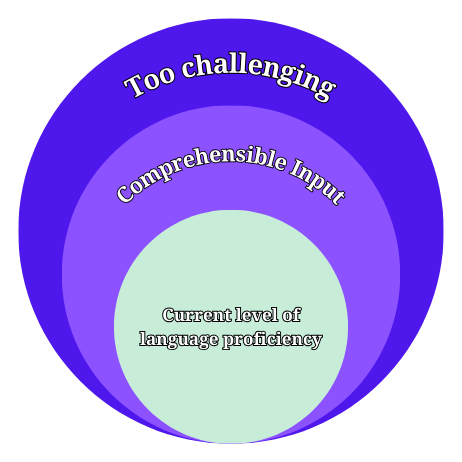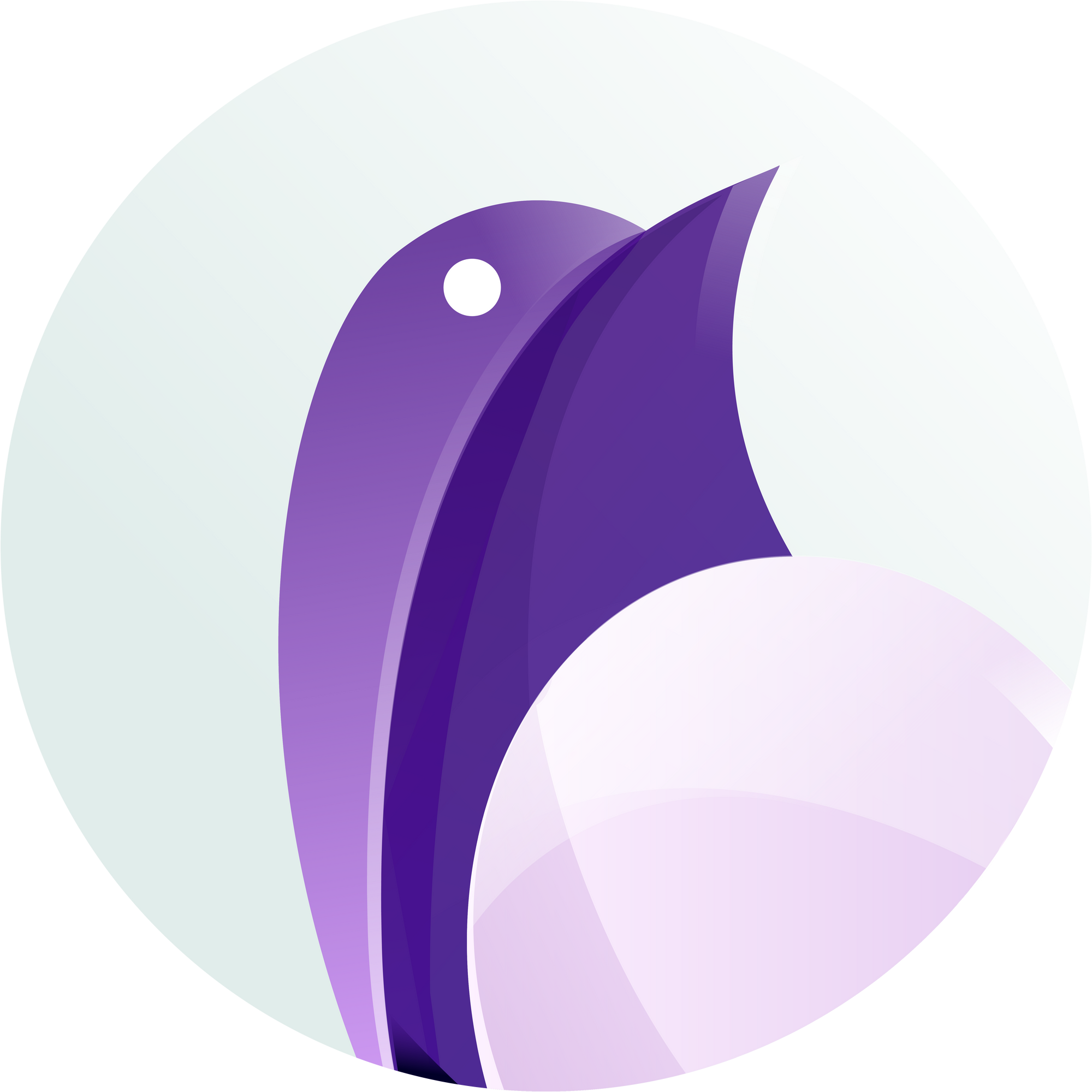Scientifically Proven Best Way To Learn A Language: Comprehensible Input Hypothesis
Have you ever wondered about the most effective way to learn a language? It lies in the method of 'comprehensible input.' Haloed by language experts worldwide, this approach pivots around receiving language we can grasp, thus evolving organically in our linguistic proficiency.

Imagine you're a young witch or wizard stepping foot into Hogwarts School of Witchcraft and Wizardry for the first time. The magical world, with its new terms and language like 'Quidditch,' 'Muggles,' 'Horcrux,' or 'Patronus' seems overwhelming initially.
Yet, as the years pass, these terms start to make sense. You're playing Quidditch, avoiding Muggles, dreading the Horcrux, and casting your Patronus. This comprehension didn't come from rigorous textbook learning, but rather from interactive conversations, engaging lectures by Professors, and contextual clues from surroundings.
This is a vivid example of Linguist Stephen Krashen's 'Comprehensible Input Hypothesis.' As per this hypothesis, we acquire new languages not just by structured learning but through understanding messages slightly beyond our current competence level. Just as 'The Boy Who Lived' did, we too learn best when we're immersed in engaging, meaningful experiences where the input is just a little bit challenging, but still understandable.
What Is Comprehensible Input?
Let's start by understanding what this whole Comprehensible Input Hypothesis is. It's a concept from linguist Dr. Stephen Krashen and it basically says we acquire language best when we understand what we hear and read, especially if it's just a bit beyond our comfort level. As he specified,
"Language acquisition happens best, when the input is just slightly more advanced than your own level."

This idea changes the traditional game – it's all about understanding language over dishing out perfect sentences.
Indeed, several language teaching methods have been developed based on the insights derived from the Comprehensible Input Hypothesis, like The Natural Approach or Total Physical Response.
In a nutshell, the Comprehensible Input Hypothesis proposes that language learners progress in their knowledge and skills when they comprehend language input that is slightly more advanced than their current level. This is often represented as 'i+1', where 'i' is the language ability level of the learner. This makes Comprehensible Input not just a theory but also a practical guiding principle for foreign language teachers.
Additionally, studies conducted by scholars such as Bill VanPatten and Patsy Lightbrown support the assertions of the Comprehensible Input Hypothesis, adding weight to its credibility among linguists and language educators.
How To Learn Comprehensible Input Hypothesis?
The first step is to grab material that you can make sense of, stuff that suits your level of proficiency. You can pick books, articles, or audiobooks in your target language that are at your level. Language learning apps like Phrasing.app and even language exchange partners can also be quite helpful in giving you the practice you need. Here are some insights that will help you to get started:
Repetition: The Key to Language Acquisition
Ever wondered why that catchy tune sticks in your head? That's the power of repetition, my friend, and it's a key element in language acquisition! By repeatedly listening and reading, you train your brain to understand and remember new structures and patterns.
Repetition is crucial in language acquisition as it fosters familiarity with new words or phrases, reinforces memory through strengthened neural pathways, and assists in understanding contextual usage. It also enhances listening and pronunciation skills through constant exposure, facilitates organic acquisition of complex grammatical rules, and gradually builds confidences in using the language. Much like physical exercise, repetition may feel tedious, but its persistent practice can dramatically boost the language learning process.
The Pitfalls of One-Off Learning
One common mistake many make is believing in one-off learning. It's like trying to keep water in a leaky bucket. Some additional pitfalls and reasons why this method may be far from optimal are:
Lack of retention - Studies have shown that sporadic learning often leads to poor retention rates. Our brains aren't built to absorb a lot of information in a brief period.
No deep understanding-Without regular and repeated interaction with the material, the learner usually only grasps the surface-level ideas and is less likely to be able to apply the knowledge in a meaningful way.
No habit formation- Habitual learning, on the other hand, improves the capacity for knowledge to ‘stick’ and leads to long-term progress.
Difficulty in recalling information- Without regular practice, the learner might find it challenging to recall information when needed. This goes hand in hand with the lack of retention mentioned earlier.
Regular and consistent interactions with your target language are better than cramming sessions. After all, it's a lifelong skill, not a sprint race!
Transforming Comprehensible Input into Reviewable Material
Here's a neat trick to help make language input stick for good - transform it into something you can review, like flashcards, summaries, and notes. Personalizing your review methods can also give a significant boost to your learning. Phrasing not only does this automatically, but offers more modalities for review than any other language learning applicaiton.
Digging Deeper into the Science
We're going to nerd out a bit here, but it's pretty cool. By pushing your language boundaries a little at a time (hello, N+1 concept), you can gradually become more proficient. This theory suggests that using existing knowledge (N) to learn a little more (+1) is an effective way to gradually increase proficiency. This is especially true for language learning as it allows you to introduce new terms and concepts in a manageable way without getting overwhelmed.
There's also some interesting stuff about brain plasticity and how we're wired to learn languages just like when we were tots. Neuroplasticity used to be believed to only occur during childhood. However, recent studies have shown that our adult brain is more flexible than previously thought. It can learn new languages throughout our lifespan.
Mastering a language can give you lifelong benefits, and you can find inspiring stories everywhere, from hyperpolyglots to casual learners. But, the most important part is to dig deeper on your language learning journey with confidence. Every step, every word counts. The world's out there waiting for you.
Additional Resources and Further Reading
There's so much more out there, like "The Input Hypothesis" by Stephen Krashen or Philip's work on comprehension and production practice. There are also plenty of interactive online courses and language learning forums to explore.

With Phrasing.app, we expertly applied the Comprehensible Input Hypothesis to offer you a powerful and effective language learning tool in the palm of your hand.
- Engage with interactive lessons for active comprehension.
- Enrich your learning with contextualized language materials.
- Gain clearer understanding through visual aids and instant translations.
- Challenge yourself with content that evolves with your growth.
Don't just learn a new language, truly comprehend it. The power of language acquisition is within your reach.
